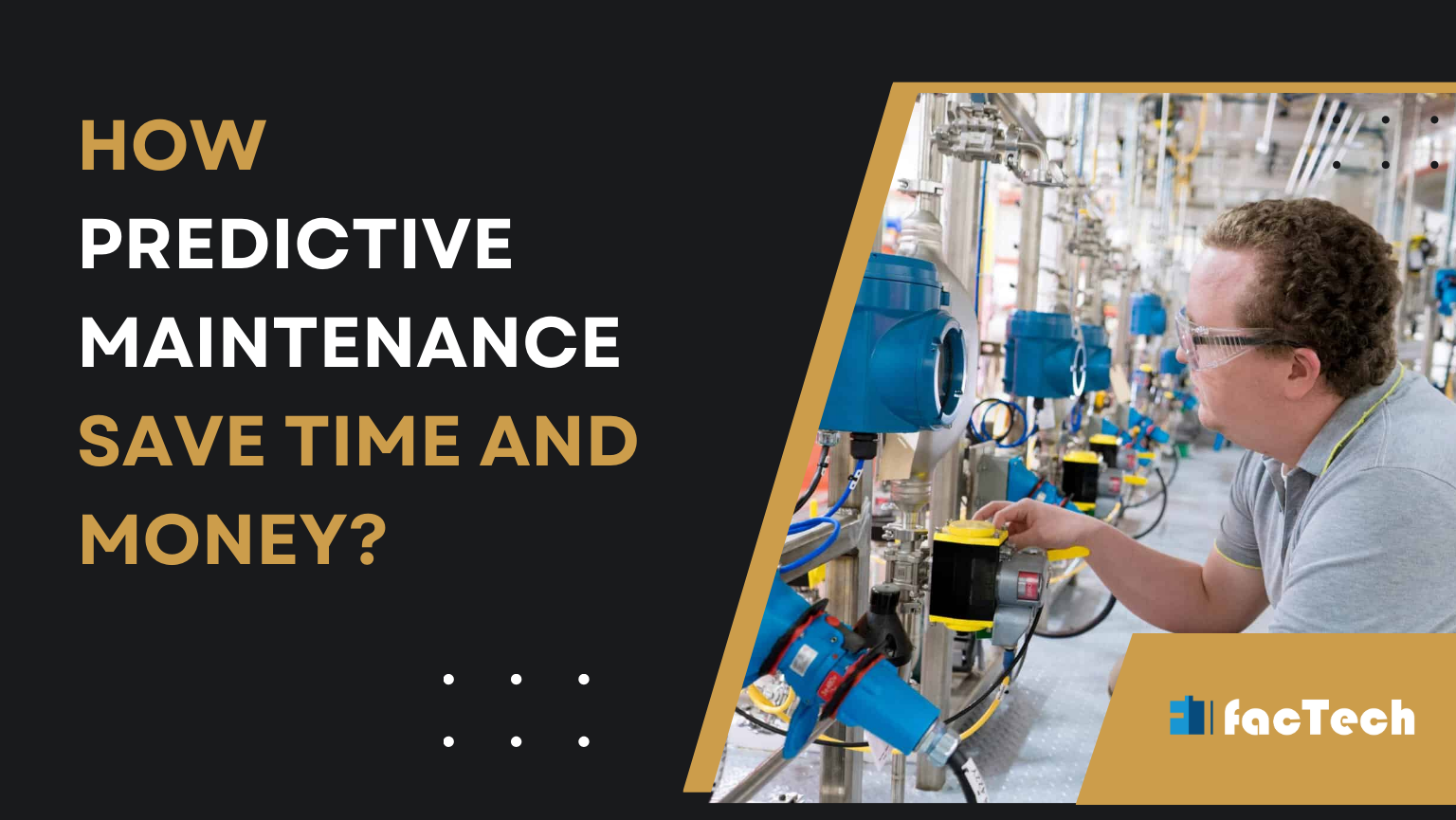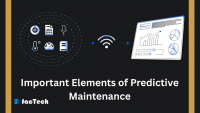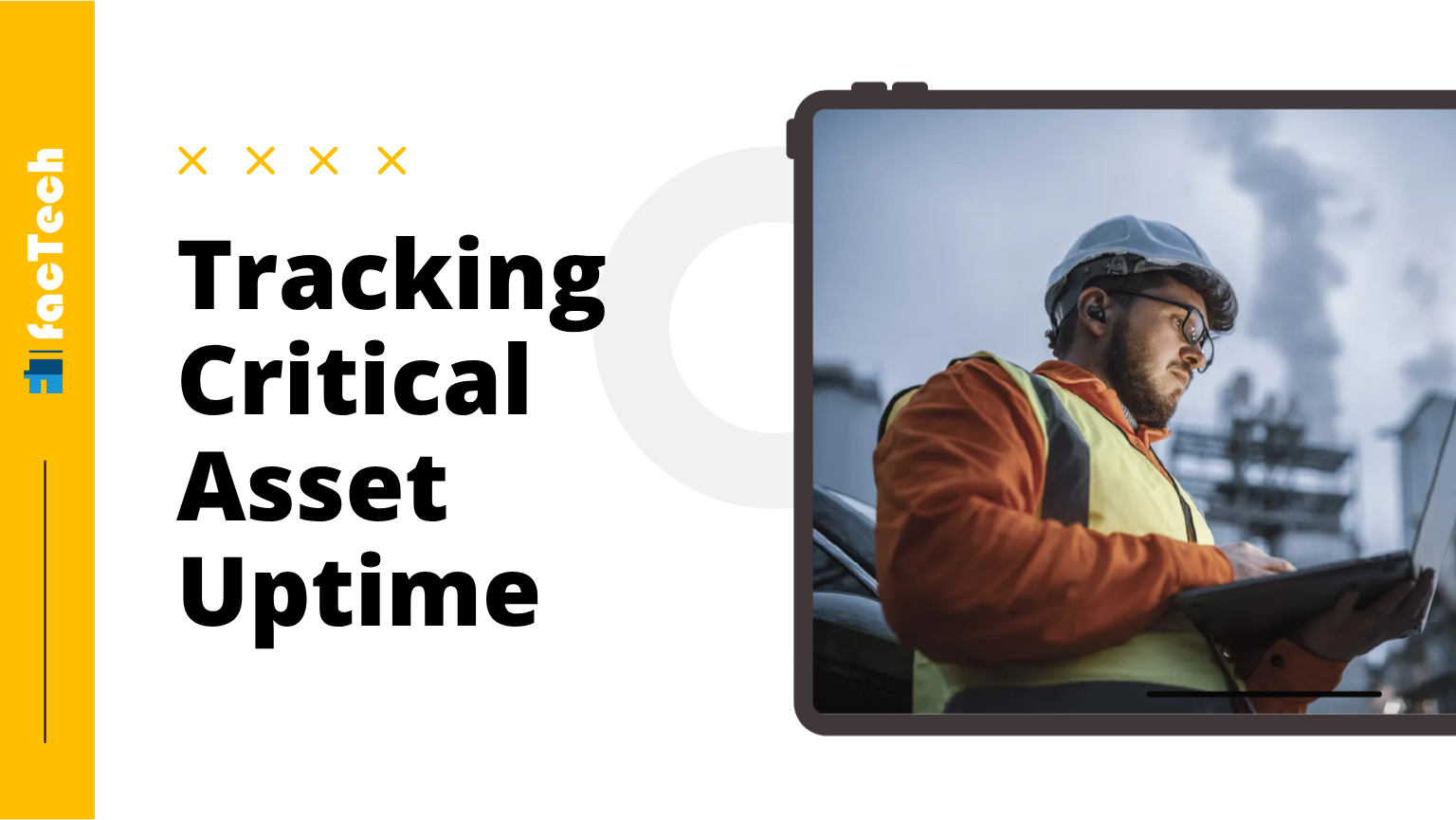How Predictive Maintenance Save Time and Money?
Unexpected equipment breakdowns are every manager’s nightmare in the fast-paced field of facility management. Breakdowns of equipment cause expensive repairs, interfere with operations, unhappy renters, and a major financial and time loss. Maintenance plans like preventive and reactive are outdated now. Although these strategies have value, they usually fail in really maximizing resources and avoiding unanticipated problems. Then enter Predictive Maintenance (PdM), a groundbreaking method driven by cutting-edge technology changing the way buildings run. In this blog, we learn about predictive maintenance and how it helps in saving time and money. The integrated predictive maintenance system helps the facility manager in efficient operation management.

Predictive Maintenance
The most successful of the three approaches to maintenance is predictive, which also produces lower maintenance budgets and better efficiency by lightning the task. Using current plant and equipment data, predictive maintenance produces better planning, enhanced decision-making, and higher revenues.
Using a building analytics platform will help you to apply a predictive maintenance plan most easily. A top-in-class building analytics system will provide:
- Real-time error-finding
- Control deviation recognition
- Point out possible system flaws.
After that, it will forward this data to your on-site technicians and facilities management under an alert including detailed instructions they may readily follow to resolve the problem. Faster turnaround times, less time and money spent on diagnosis, and more time to concentrate on daily operations of a complicated building help properties and facilities employing a building analytics platform.
Also, read Preventive Maintenance Best Practices for 2025
Important Elements of Predictive Maintenance
These are features fundamental to a good predictive maintenance system:
IoT Framework for Monitoring Conditions
Predictive maintenance depends much on IoT sensors and devices, which help to link physical objects with the digital sphere. IoT devices collect data and forward it to a centralized system for advanced analysis while sensors acquire real-time information on several equipment metrics like vibration, temperature, pressure, and acoustics.
By always evaluating equipment state and allowing quick maintenance decisions before expensive breakdowns take place, this continuous flow of data promotes condition monitoring.
Cloud Architecture and Data Storage
For evaluating vast amounts of data produced by sensors and IoT devices, cloud platforms provide the required computing capability and storage capacity. They guarantee scalability, therefore allowing the PdM system to grow in tandem with increased equipment or sensor count.
Human-Machine Interface (HMI)
These user interfaces let maintenance staff engage with the PdM system. Their highly understandable data visualizations, alarms, and maintenance advice show Effective communication of insights produced by the system to individuals in charge of maintenance depends on HMIs.

How does Predictive Maintenance Reduces Costs and Save Time?
Minimized Downtime
Predictive maintenance enables maintenance personnel and leaders to prepare and plan for a repair before time and schedule it accordingly. It saves time and reduces the chances of downtime. Unplanned downtime is one of the biggest expenses among the main cost sources in production. Predictive maintenance saves this amount by minimizing the downtime.
More Focused Maintenance
Predictive maintenance addresses actual problems before they cause manufacturing difficulties with a proactive approach. Reactive maintenance—which follows a production interruption—and preventive maintenance—which takes place whether or not a problem arises—stand in contrast here. Predictive maintenance shows over time to be the most effective and efficient use of available maintenance resources.
Improved Data Analysis
Constant monitoring data as given by sensors and other sources helps operators make data-driven decisions on predictive maintenance. This implies that their resources will be distributed in a far more suitable way for the lowest possible maintenance cost control.
Increased Output
Less downtime and better maintenance help equipment perform at maximum capacity and ideal quality for a far higher proportion of its lifetime. This yields gains in important benchmarks, including various effectiveness measures and mean time to failure (MTTF).
Enhanced Inventory Control
By means of more accurate forecasting and utilization, the data from predictive maintenance can help guide procurement, ordering, and inventory control, thereby facilitating more effective decision-making.
Make Use of Predictive Maintenance to Stay Ahead of the Curve
To enable interoperability amongst IoT systems and give real-time and actionable maintenance insights, you need a platform like FacTech to connect all of your different data sources.
Using data from current building automation systems (BAS) and Internet of Things (IoT) devices, Factech’s connected CAFM platform gives facilities management teams useful information to repair assets before they break down.
The bottom line
As predictive maintenance gains attraction, more and more facilities are reaping the benefits of decreased downtime, lower costs, and increased safety.
However, the predictive maintenance system is positioned as the maintenance of the future due to the growing tendency toward digitization, artificial intelligence (AI), and machine learning.
Businesses that adopt predictive maintenance early on will be better positioned to benefit from it in the long run as more businesses invest in these technologies.
FAQs
Q: What is Predictive Maintenance (PdM)?
Using real-time equipment data to forecast possible failures is called predictive maintenance. This approach allows planned maintenance before breakdowns, therefore saving time and money.
Q: What are the key components of a good Predictive Maintenance system?
Essential components are a Human-Machine Interface (HMI) for user interaction and insights, cloud architecture for data storage and processing, and an IoT framework for condition monitoring—sensors and devices.
Q: How might predictive maintenance save time and lower expenses?
It reduces unplanned downtime, lets more concentrated and effective maintenance operations take place, helps data analysis for improved resource allocation, raises equipment production, and strengthens inventory control.
Q: How might Factech’s platform support predictive maintenance?
By combining data from BAS and IoT devices, Factech’s connected CAFM technology offers real-time, actionable maintenance insights, therefore enabling facility management teams to proactively fix equipment.












